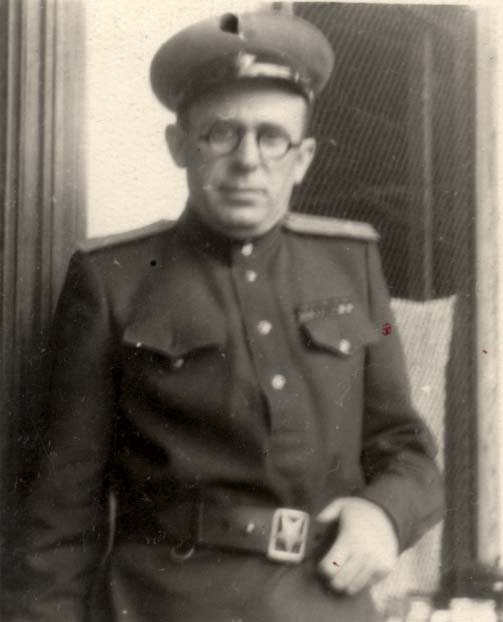Semyon Zanis was born in 1906 in Kherson, southern Ukraine, and he was a relative of Abram Radomyselskii. In the 1920s, Semyon’s family, like the Radomyselskii family, moved to Baku, Azerbaijan. In Baku, Semyon worked on the staff of the newspapers Bakinskii Rabochii ("The Baku Worker") and Vyshka ("The [Oil] Derrick").
In June 1941, during the first days of the Soviet-German War, Zanis was drafted into the Red Army as a political commissar (politruk) of the 396th Rifle Division. He later served as a senior political commissar (equivalent to a captain) in the political department of the 396th and 236th Rifle Divisions. With the 396th Division, which was unofficially regarded as an “ethnic Azerbaijani division”, Zanis took part in the defense of the Black Sea coast in the Caucasus in 1941. In December 1941-April 1942, he participated in the abortive Soviet Kerch-Feodosia Landing Operation (in eastern Crimea). In April 1942, Zanis was seriously wounded in a German bombing raid. After a two-month-long stay in hospital, Zanis, lame and having lost 70 percent of his vision, was declared unfit for service and discharged from the army. His only military award was the medal “For Courage”.
After his return to Baku in late 1942, Semyon Zanis became director of the publishing house of the Writers’ Union of Azerbaijan, a post which he kept in the postwar years. He died in 1967.
Semyon’s sister, Sima Zanis (born in 1904 in Kherson), was drafted to serve in the anti-aircraft defense in Baku. She died in 1960.







